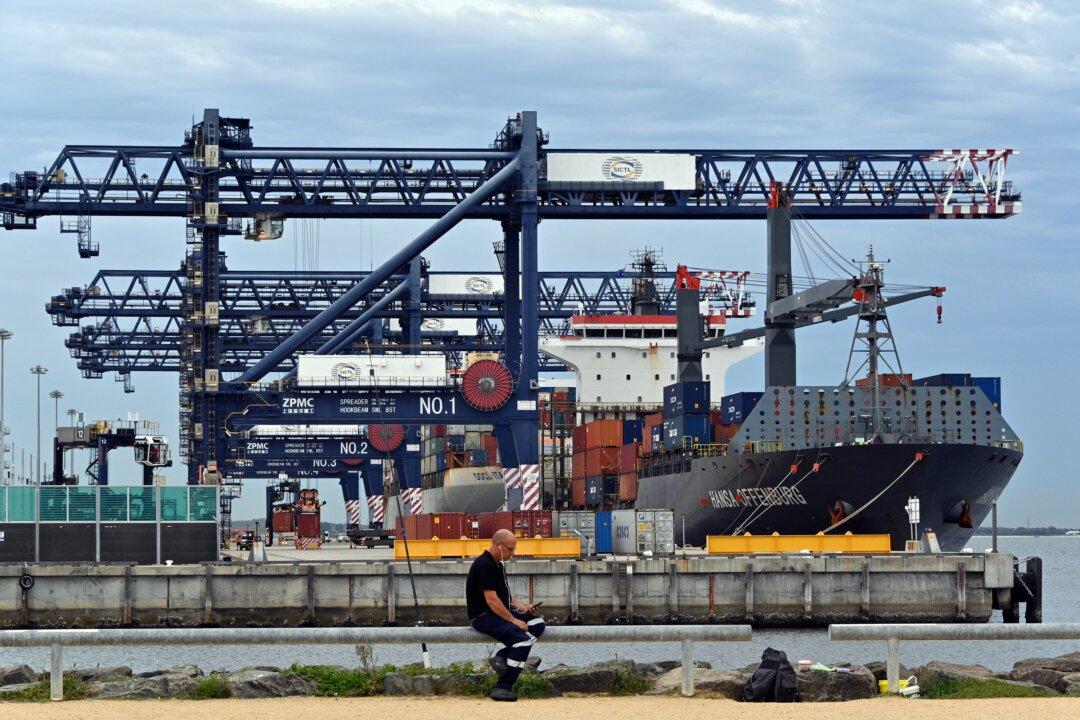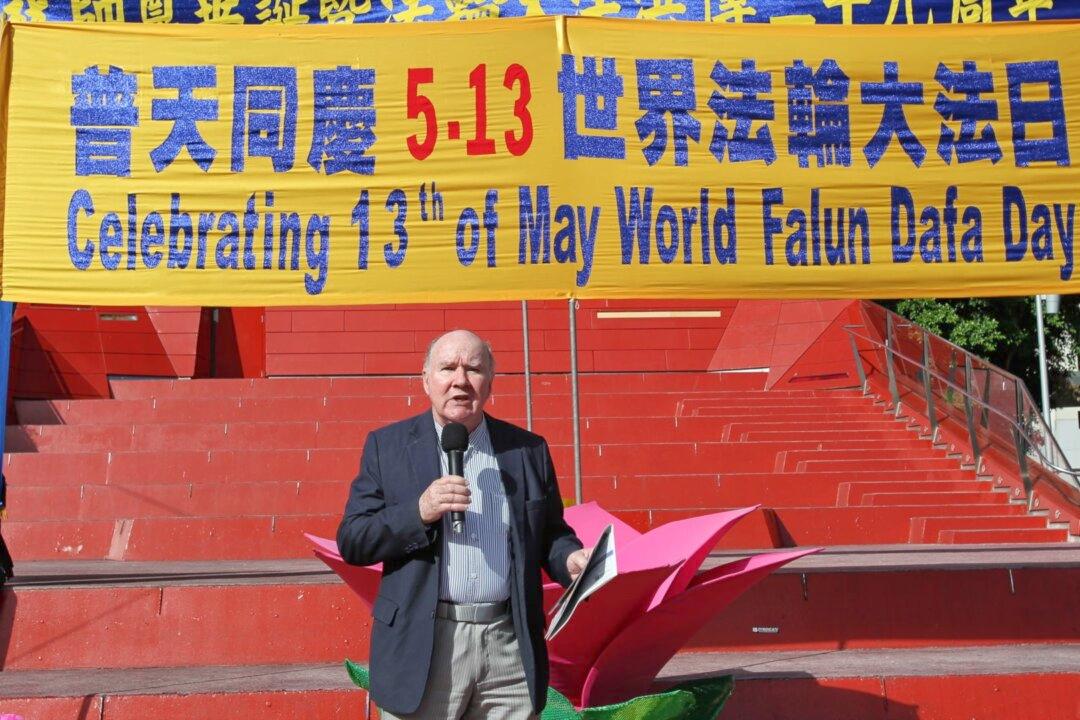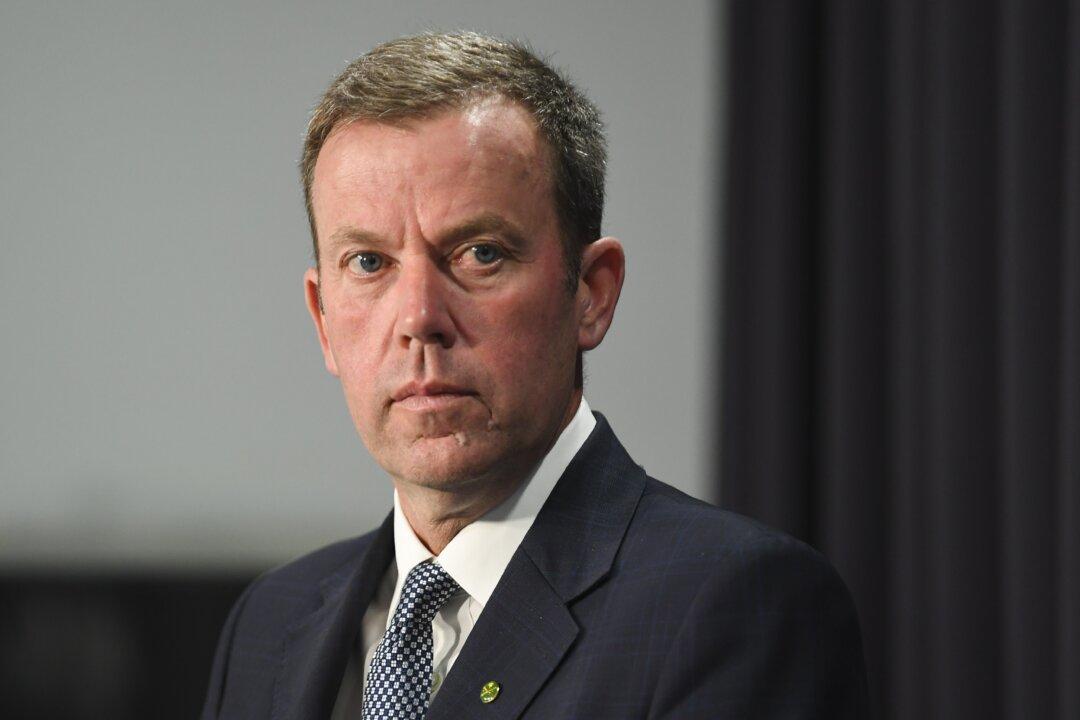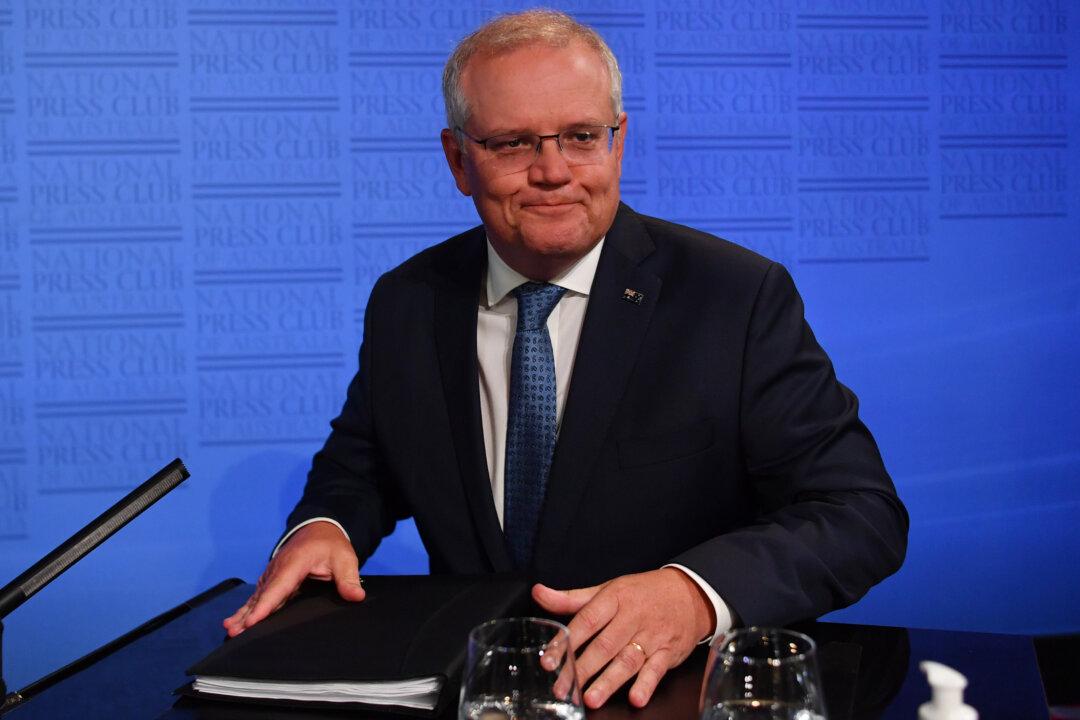Australia’s road to normality and “sovereign capabilities” relies on an economic recovery plan focused on economic self-sufficiency, less dependency on China, innovative businesses, and fewer restraints on competition in manufacturing and other sectors said Prime Minister Scott Morrison on April 29.
“It isn’t achieved through nationalisation or large public subsidies and protectionism. It’s achieved by having competitive businesses that can operate in these sectors and be successful. That is what the road back looks like,” he said.





